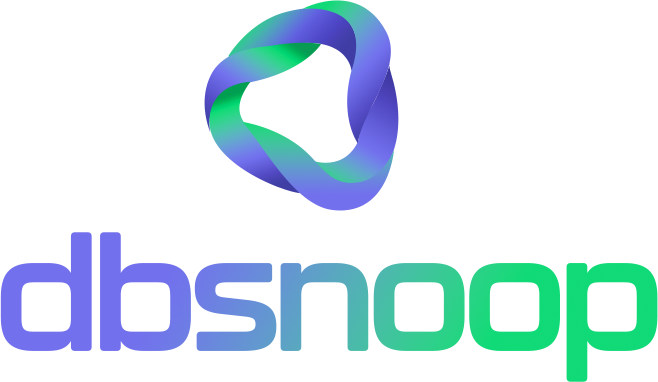

Imagine investing in a monitoring tool to protect your operation — only to end up causing more instability than visibility. Sounds absurd? But it’s more common than you think.
Market-leading companies have faced this paradox: the solution hired to monitor critical environments ended up overloading the very systems it was supposed to protect.
Real — and Painful — Cases
1. Datadog overloading PostgreSQL and MySQL databases
Companies reported increased latency and lockups after implementing Datadog’s standard collection agent. The monitoring tool ran frequent, heavy queries, directly impacting database performance.
Source: GitHub Issues + official Datadog forums
2. Zabbix blocking queries during peak hours
A major Brazilian e-commerce experienced slow sales during promotional campaigns. The culprit? Intrusive Zabbix data collection on MySQL during critical times.
Source: MySQL Brazil Community / conference reports
3. Elastic Beats causing unnecessary scaling in the cloud
By collecting metrics and logs inefficiently, Filebeat and Metricbeat caused excessive CPU and I/O usage, forcing autoscaling in cloud environments. Result: higher costs and loss of infrastructure control.
Source: Discuss.elastic.co and public FinOps case studies
4. Oracle OEM interfering with backups and jobs
Even robust corporate tools like Oracle Enterprise Manager caused headaches: automatic queries during production windows interfered with essential tasks like backups and nightly jobs.
Source: Oracle Community / MOS Docs

The Observability Paradox
Misconfigured or poorly designed monitoring tools can become a new invisible bottleneck. They compete for CPU, memory, I/O, and even disk space — harming the health of the very assets they should protect.
Why C-Levels Should Care
- False sense of security: everything “looks monitored,” but metrics are distorted or delayed.
- Hidden costs: automatic scaling, transaction slowdowns, and lost productivity.
- Team trust impact: when developers and DBAs waste time trying to figure out if the problem is in the application or the monitoring.
How to Avoid This Scenario
- Prefer tools that monitor without interfering — asynchronous collection, based on replicas, or lightweight native metrics.
- Be wary of pretty but inefficient dashboards — visibility should not come at the cost of stability.
- Demand minimal footprint and measurable impact on every monitored asset.
At the end of the day, if the tool meant to provide visibility into bottlenecks becomes the bottleneck itself… something is wrong.
Would you hire a pilot afraid of heights, or worse, who can’t fly?
If you want a free assessment to identify if your current stack is “weighing down” your systems, talk to a Flightdeck specialist. We monitor without becoming the problem.
Visit our YouTube channel to learn about the platform and watch tutorials.
Schedule a demo here.
Learn more about Flightdeck!
Learn about database monitoring with advanced tools here.


